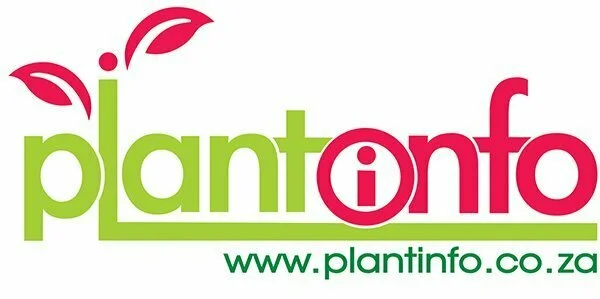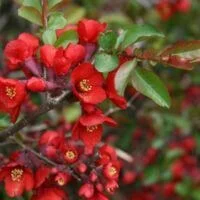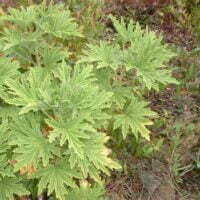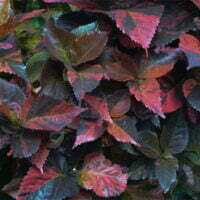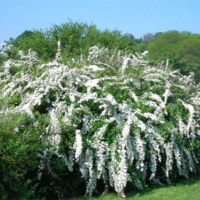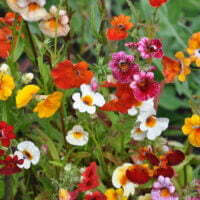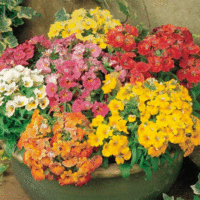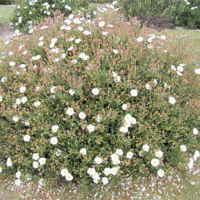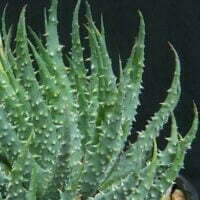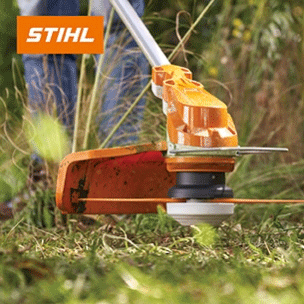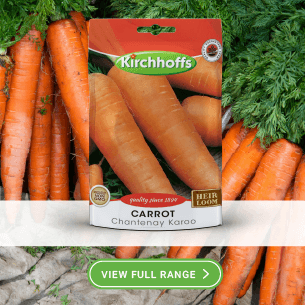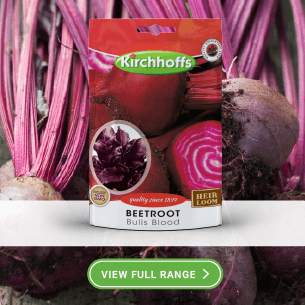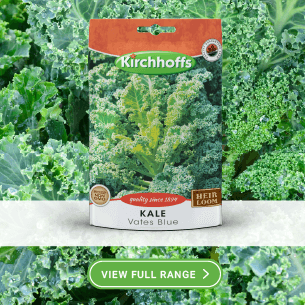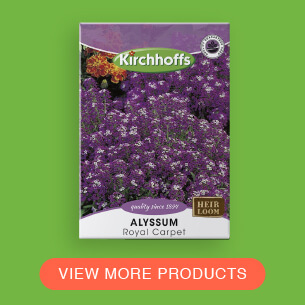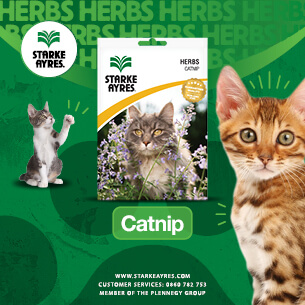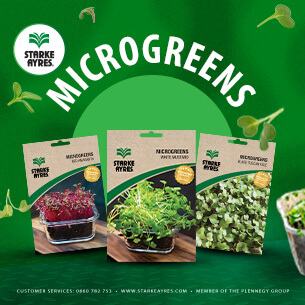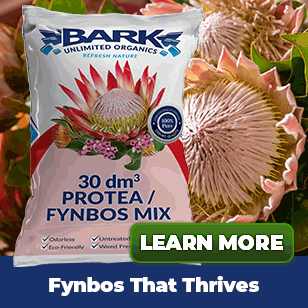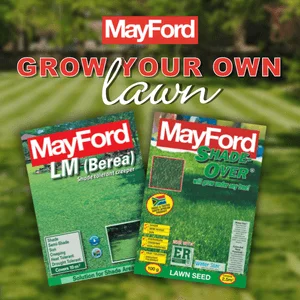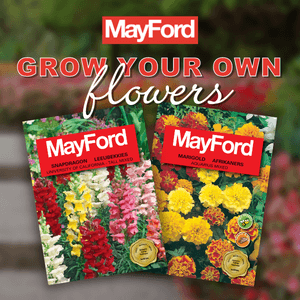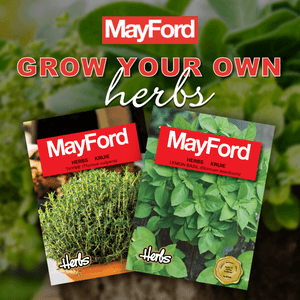| Botanical name | Gnidia squarrosa |
|---|---|
| Plant Care |  Full Sun Full Sun – Prefers 6 or more hours of sun per day.  Moderate Watering Moderate Watering – Requires Regular Watering.  Low Maintenance Low Maintenance – Requires little maintenance.  Indigenous Indigenous – Originates in South Africa. |
| Categories | |
| Flowers | June July August September October November Golden yellow and occasionally multi-coloured flowers are formed in rounded clusters at the tips of slender branches. The flowering period generally boasts |
| Common name(s) | Aandbossie (A) |
| Foliage | Carries fine, narrow leafed and lance shaped foliage. |
| Uses in landscape design | Use G. squarrosa to create a softening, tranquil effect in the landscape. |
| Drought tolerance | High |
| Maintenance | A regular light feeding and a quick pruning is recommended for best results. |
| Soil conditions | This shrub performs best in well-drained soil and tolerates poor soil conditions. |
| Wildlife attractions | The evening scented blooms suggests this plant is pollinated by moths. |
| Interesting planting ideas | Plant it alongside your patio or entertainment area for a lovely sweet scented aroma during the evenings. |
Gnidia squarrosa (Aandbossie (A))
- Botanical name: Gnidia squarrosa
- Common name(s): Aandbossie (A)
- Categories: Shrubs and Perennials
Plant description:
The habit of this specimen is best described as a much branched willowy and free flowering shrub. Its fine, narrow leafed and lance shaped foliage complements the yellow and occasionally multi-coloured flowers formed in rounded clusters at the tips of its slender branches. The flowering period generally boasts from spring trough summer and often in winter too. Indigenous to South Africa G. squarrosa occurs naturally along the coast from the Cape Peninsula to the Eastern Cape and Kwazulu-Natal. Though not popular for commercial propagation the sweetly evening scented blooms are great addition to any evening entertainment area.
Family: Thymelaeaceae
Botanical Pronunciation: NY-dee-uh
Gnidia squarrosa requirements and features
info on these icons
Moderate Maintenance
Requires moderate maintenance.
Prohibited Use Notice: No Data Scraping Allowed Except for Search Engine Indexing:
The content provided on PlantInfo.co.za is intended for personal, non-commercial use only. Unauthorized extraction, reproduction, or use of the data, including scraping, for any purpose other than search engine indexing is strictly prohibited. Violations of these terms may result in legal action. By accessing and using this website, you agree to comply with these conditions and acknowledge the legal restrictions on the use of our content.
June July August September October November
Golden yellow and occasionally multi-coloured flowers are formed in rounded clusters at the tips of slender branches. The flowering period generally boasts from spring trough summer and often in winter too. Flowers are sweetly scented at night, but unscented during the day.

Carries fine, narrow leafed and lance shaped foliage.





















